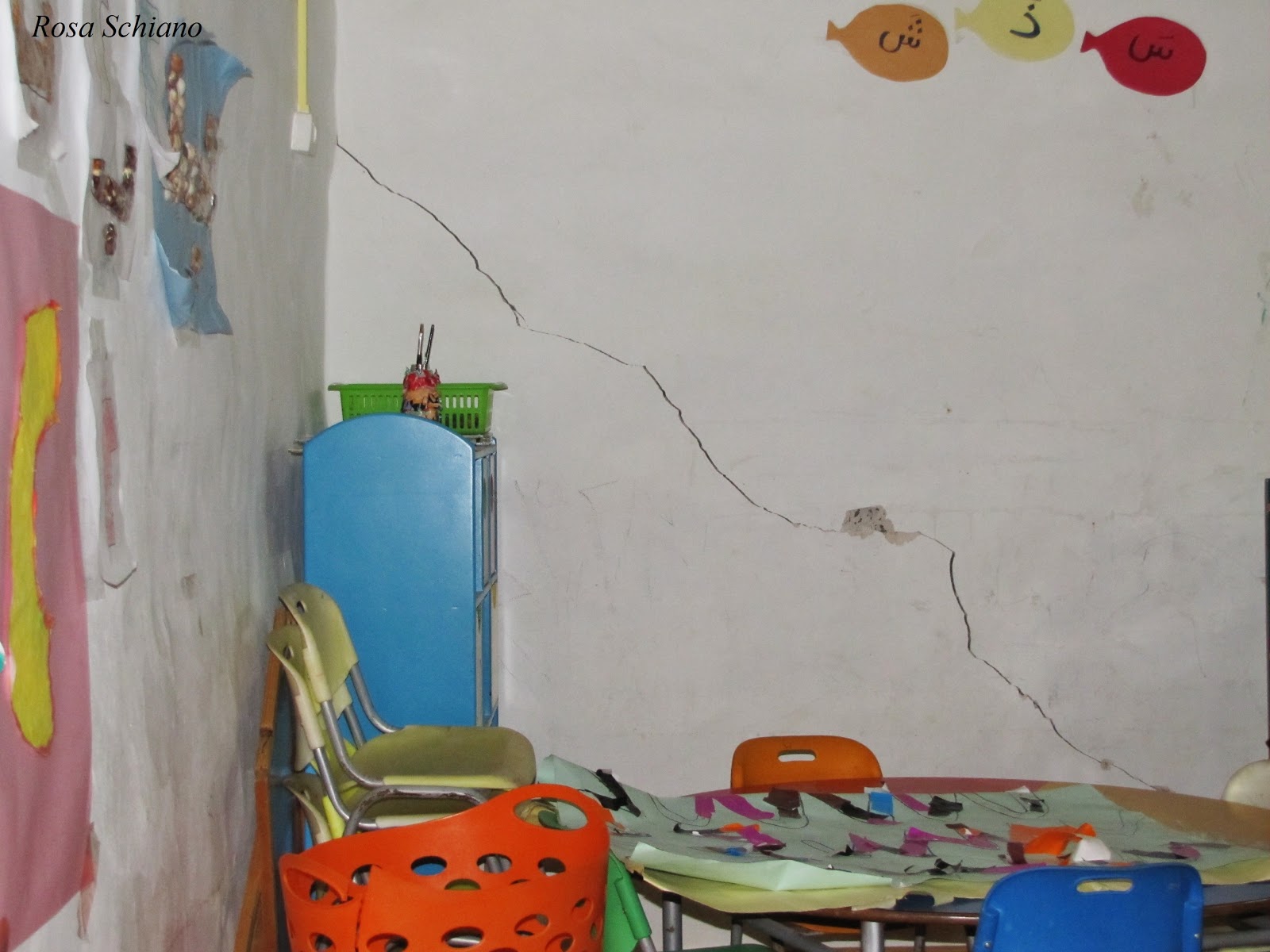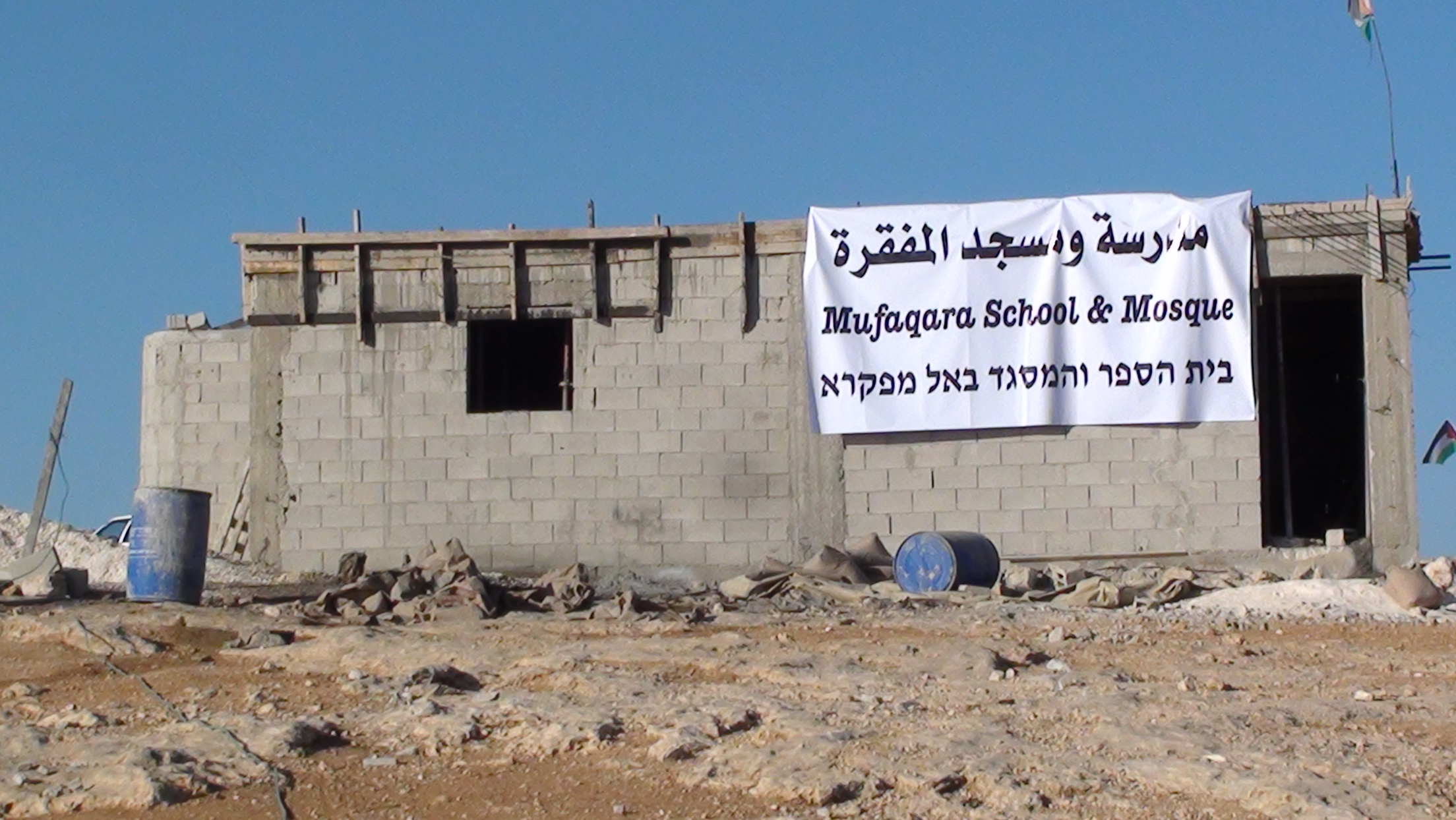Category: Journals
-
New Israeli Air Raids on the Gaza Strip
16 October 2012 | International Solidarity Movement, Gaza The Israeli air force has conducted several air raids at night starting on the 12th of October, and ending on the morning of the 13th. “I felt a huge explosion at midnight while in a cafè with some friends. The first attack hit a Hamas military base…
-
al-Mufaqarah Resists
09 October 2012 | International Solidarity Movement, West Bank At one in the afternoon on Monday, the 8th of October, we received a call in Arabic: “We have big problems. Can you come?” Two calls later and we were on our way. We reached al-Tawani in a service taxi. Along with two volunteers from Operation…
-
Letter from International Activist Under House Arrest in Israel Asking for Support and Solidarity
September 25, 2012 Dear Friends of Palestine, I am writing to you from an apartment in Tel Aviv where I am under house arrest for standing in solidarity with Palestinians fighting a twelve-year road closure in their West Bank town of Kufr Qeddoum. This weekend, I spent forty eight hours in Israeli prisons. I was…


